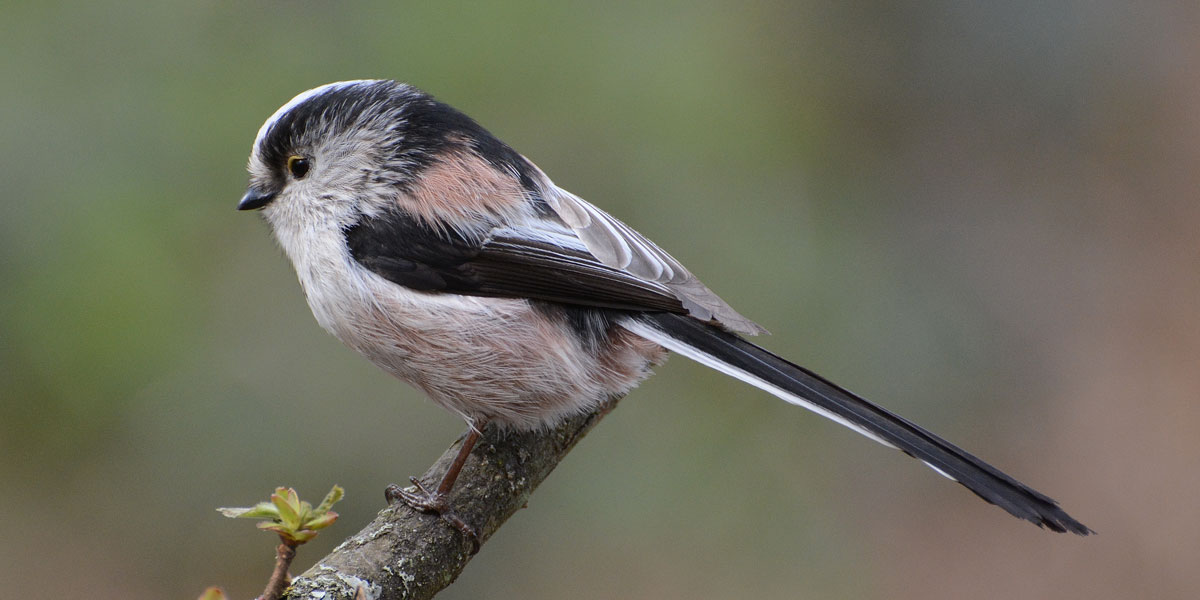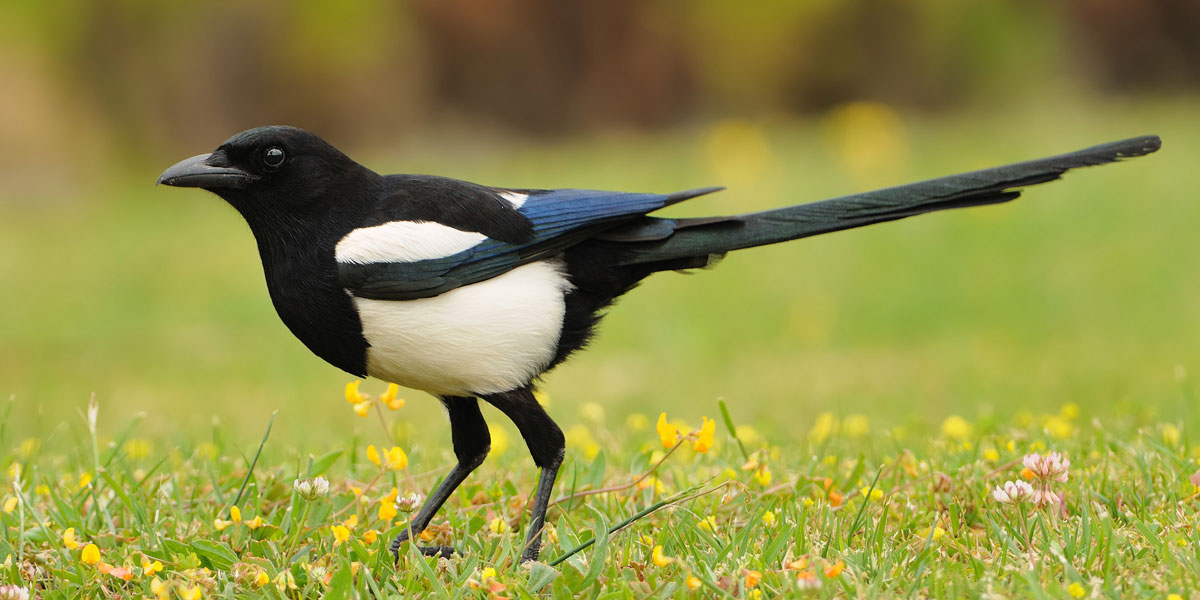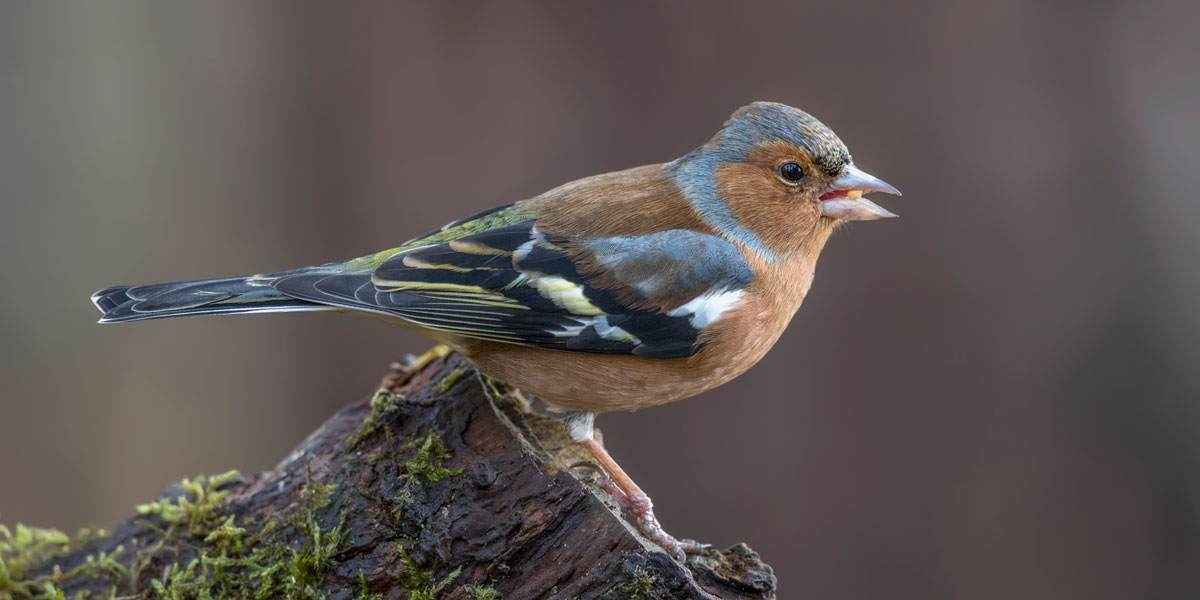Explore Our Garden Wildlife Blog
Browse or search by Category or Keyword below, alternatively click on any Tag to see related articles.
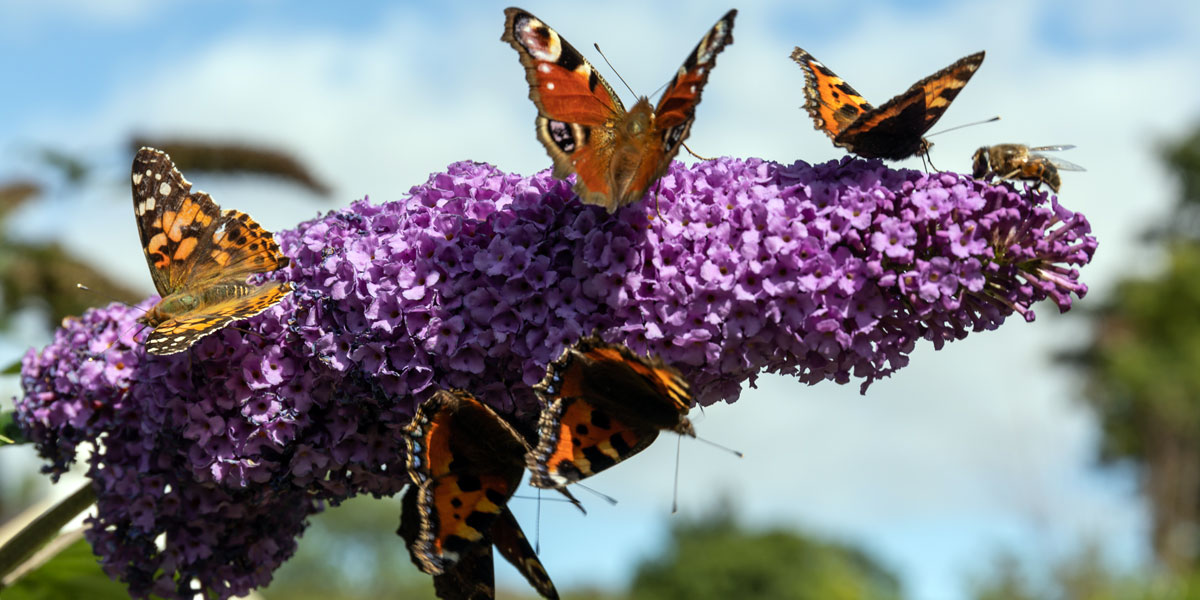

Creating a Wildlife Garden
By Ark Wildlife
12th September 2013
Last Updated: 9th September 2022
“Private gardens occupy about 4 million acres of land in the UK. Combined we can provide vital
habitats for wildlife.”
Before you begin
It is worth remembering two bits of advice before embarking on the creation of your own wildlife garden.
Your Garden sits on a location that once was full of natural plants and animals; all well adapted to the local climate, soil and available food sources. Hopefully much of this still remains in pockets of open ground close by and therefore the closer you come to recreating similar habitats the sooner local wildlife can adopt your garden.
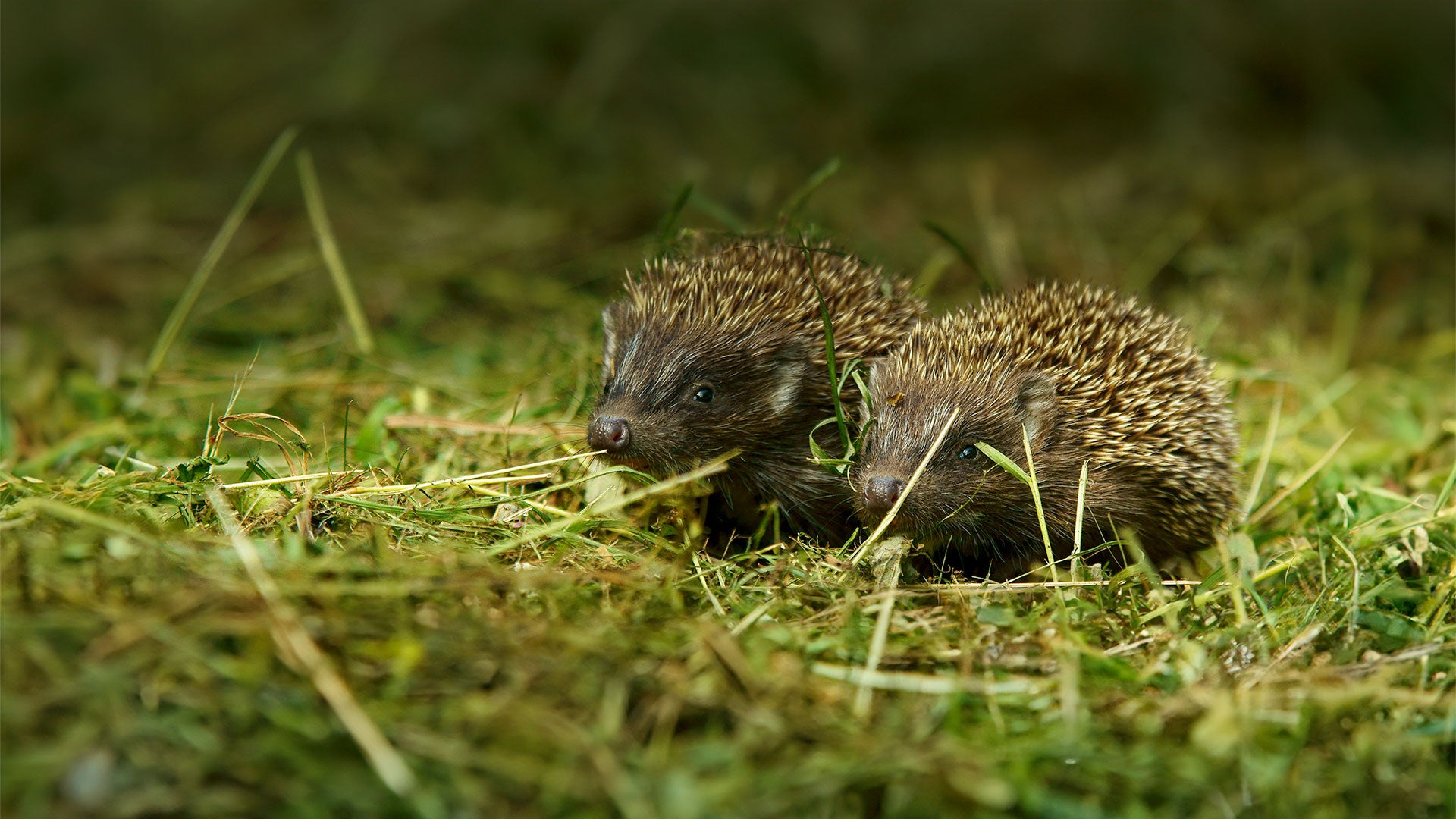
‘Niche’ is a key word in wildlife gardens; every plant and animal has developed over millions of years to take advantage of a particular, food source, resource and location. Whether it is amongst treetops or the slime at the bottom of a pond – life will be teaming. Niches can be very specific; fungi may only grow on a single tree species, a moth’s caterpillar may only eat a single species of leaf. Some invertebrates need dry conditions, while others thrive in damp dank places. And while some creatures live in the bottom of a deep pond, remember that skaters and whirligigs live on the surface. For a successful wildlife garden the more ‘niche’ environments you can create, the more diverse the wildlife you will attract to your garden.
Gardens for Wildlife
Start with as many native species as you can, the more you include the more niche habitats you can create and the wider the variety of wildlife you will attract. Invertebrates need warm sheltered sites (hedges, shrubs, trees). First look for some locations that are in the sunshine and away from the wind and plant some trees or shrubs in these areas. You will find that many of our native trees and shrubs also flower and fruit, and some of the more important to include are birch, hazel, ivy, bramble, elder, blackthorn & dog rose (these will also attract birds and small mammals to the fruit and nuts).
Plant lots of the old cottage garden favourites, the bi-annuals and perennials that throw up beautiful flowers full of nectar, attracting insects and their larvae, that in turn attract small mammals and birds (these will also eat seeds later in the season). Start with evening primrose, aubrietia, bladder campion, nicotiana, golden rod, foxglove and snap dragon. Also add fragrant herbaceous plants such as marjoram, lemon balm, mint and sage. Undisturbed places are also a requirement and plenty of them. Add log piles in dark corners, stone and rock piles in the sunshine, uncut grass and ivy clad trees and walls. All of these will provide shelter, night roosts and breeding grounds for all types of invertebrates, birds and animals.
A garden pond or a regular source of water is critical to the success and survival of the wildlife garden. Not only for the huge diversity of creatures that will become resident in it (skaters and diving beetles) and the creatures that require water to breed (frogs, newts and dragonflies) but also for the general population that will use it to bathe, drink and feed (bats, birds and mammals). To see the value of a wildlife pond for yourself, simply sit quietly near an established pond on a late spring evening and let all the wildlife parade before you, its fabulous!
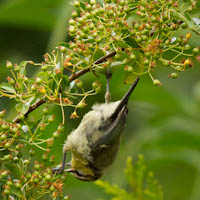
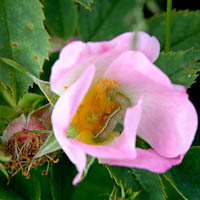
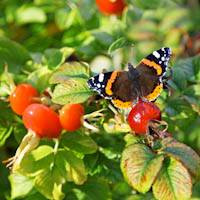
Planting the Wildlife Garden
Trees
Trees play a vital role on a global scale. They are the lungs of the earth, they control our weather patterns, create soil, stabilise erosion, act as coolers and lock up vast amounts of carbon (the greenhouse gas). If they are crucial to our survival, they are absolutely critical to wildlife. Native tree species can play host to 400 species of herbivorous invertebrates, which in turn will attract higher species to feed on them. Compare that to a non-native horse chestnut that plays host to just 4! This is why (space permitting) native trees are number one on the wildlife designer’s list.
The sheer scale of a large native tree is part of the secret. Just consider that a mature tree base may occupy a square meter of your garden. But when you add the surface area of trunk, boughs and leaf cover, you may have added a 500 square meters to your garden. Full of niche habitats at every level, it provides places to breed (birds nests, burrowing beetles or spiders webs amongst the leaves), food (leaves, fruit, nuts, dead wood, leaf litter), shelter or sunshine (hollow boughs, birds perches, leaves and bark). In one square meter of garden you can create hundreds microclimates (niches) exactly the variety you are trying to achieve.If space permits you probably already have a tree (even a miniature) in your garden. But if you can, now you know the full value and potential of trees, plant another one! There is no better choice of all kinds of wildlife.
Key Tree Species (L= large 30m+, M= medium 15-30m, S= small up to 15m, N= native)
Bay willow (Salix pentandra) medium N
Common Oak (Quercus Robur) large N
Downy birch (Betula pubescens) medium N
Goat willow (Salix caprea) small N
Hazel (Corylus avellana) small N
Rowan (Sorbus aucuparia) medium N
Silver birch (Betula pendula) medium N
Small-leaved lime (Tilia cordata) large N
Wych elm (Ulmus glabra) large N
Hedges and shrubs
Hedges and shrubberies are brilliant for wildlife, providing much of the food, shelter and breeding sites that your garden wildlife need.
While hedges and shrubs will take an element of maintenance they have huge value to wildlife and can look fantastic and colourful as well. Basically, well worth the effort.
If you have the room to plant a hedge, pick mixed native species for wildlife.
Key Hedge species
Alder (Alnus glutinosa) N
Blackthorn (Prunus spinosa) N
Hawthorn (Crataegus monogyna) N
Holly (Ilex aquifolium) N
Privet (Ligustrum vulgare) N
Yew (Taxus baccata)N
Key Shrubs
Butterfly Bush (Buddleia)
Barberry (Berberis)
Cotonaster (Cotoneaster)
Firethorn (Pyracantha)
Climbers
Climbing plants provide some of the benefits of trees but generally take up less space, can be trained and often have the additional benefit of growing up fences and walls. Climbers typically provide shelter for invertebrates, nesting and roosting sites for birds, and often provide flowers for nectar and fruit for food. Well-chosen climbers also add colour and form to a garden and can be as decorative as they are useful to wildlife.
Key Climber Species
Honeysuckle (Lonicera periclymenum) N
Ivy (Hedera) N
Old mans beard (Wild clematis) N
Virginia creeper (Parthenocissus tricuspidata)
Wisteria (Westeria sinensis)
Plants such as pyracantha and cotoneaster can also be trained up a wall.
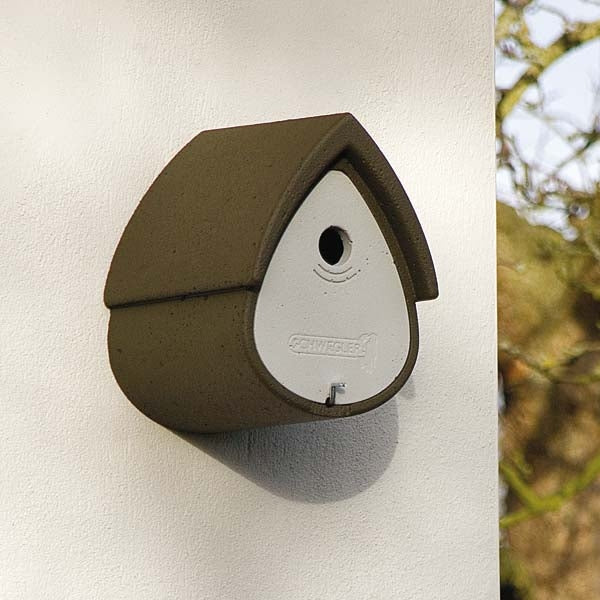
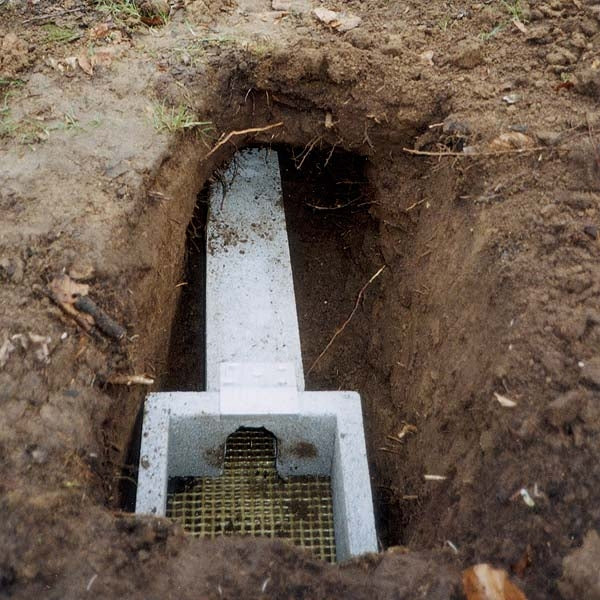
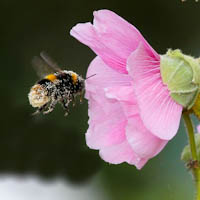
Herbaceous Plants
Flowers, particularly the old-fashioned single-flowers and annuals are stuffed with pollen and nectar. These plants will attract huge numbers of invertebrates, including hover flies, bees and butterflies. And in the flower border you can keep removing the dead heads to extend the flowering season well into the autumn.
The key is to provide year-round food sources, so choose plants that will flower at different times of year, especially during early spring and the late summer. To help in these seasons you can include a few non-native species like aubrietia and buddleia, commonly known as the butterfly bush. While many of the listed plants add colour and shape to please the eye, it is also important to include less popular plants such as nettles if you really want to boost the butterfly and wildlife population because many species use plants as nursery and feeding beds.
Key Species
Perennial
Bellflower (Campanula latifolia) N
Bugle (Ajuga reptans) N
Chicory (Cichorium intybus)
Creeping Jenny (Lysimachia nummularia) N
Evening primrose (Oenothera biennis) N
Globe thistle (Echinops sphaerocephalus)
Ox-eye daisy (Chrysanthemum leucanthemum) N
Purple loosestrife (Lythrum salicaria) N
Rockrose (Helianthemum chamaecistus) N
White deadnettle (Lamium album) N
Wild thyme (Thymus drucei) N
Biennials
Common Teasel (Dipascus fullonum) N
Foxglove (Digitalis purpurea) N
Hollyhock (Alcea rosea)
Wild carrot (Daucus carota) N
Annuals
Cornflower (Centaurea cyanus) N
Forget-me-not (Myosotis sylvatica) N
Garden marigold (Calendula officinalis)
Pansy (Viola tricolor) N
Poppy (Papaver rhoeas) N
Snapdragons (Antirrhinum majus)
Tobacco plant (Nicotiana spp.)
Wallflower (Cheiranthus cheiri)
Bulbs
Bluebell (Endymion non scripta) N
Snakeshead fritillary (Frittilaria meleargris) N
Snowdrop (Galanthus nivalis) N
Wild Daffodil (Narcissus obvallaris) N
Wild Garlic (Allium ursinum) N
Wood anemone (Anemone nemorosa) N

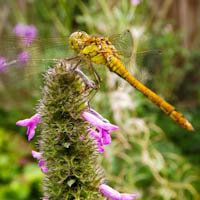
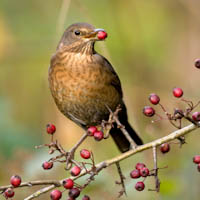
The Wildlife Lawn and the Wildlife Meadows
Many birds such as blackbirds, thrushes, starlings and dunnocks will use the lawn to hunt for worms, insects and leatherjackets. Green woodpeckers will visit too for their favourite food, ants. Avoiding all chemicals that eliminate these food-sources is essential to a wildlife lawn and limiting compaction allows birds access to probe below its surface.
If you have the opportunity to plant a wildflower meadow, or you can allow your lawn to ‘run wild’ for part of the season, will provide another great wildlife ‘niche’, and with the right grass species and flowers, it will also look very attractive.
- The RSPB’s ‘Let it Grow’ challenge
- How to start a wildlife garden from scratch – a guide by the Wildlife Trusts
- Why do we need trees?






